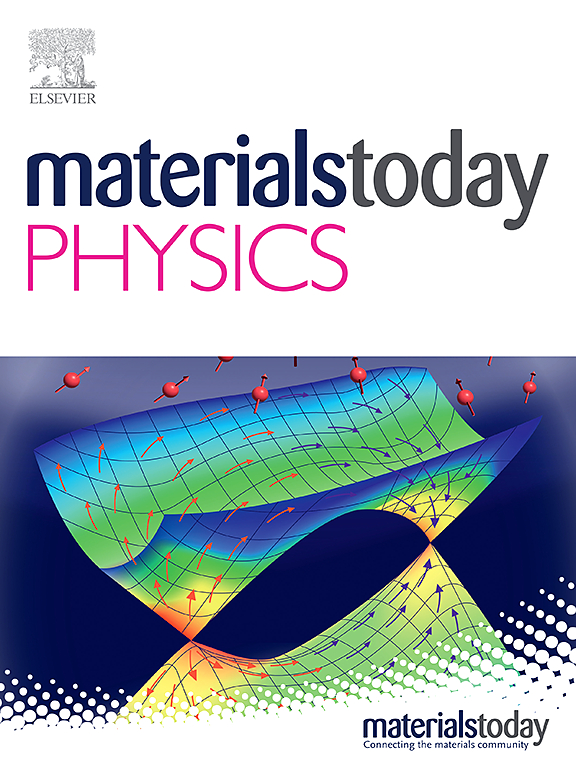用于神经形态计算的新兴存储器件稀土材料综述
IF 9.7
2区 材料科学
Q1 MATERIALS SCIENCE, MULTIDISCIPLINARY
引用次数: 0
摘要
神经形态计算代表了一种模拟人脑功能的变革性方法,为先进的数据处理和高效的学习系统铺平了道路。双端存储设备是这种方法的核心,因为它们复制了类似大脑的计算效率所必需的突触行为。本文综述了稀土材料在开发适合神经形态应用的存储器件中的新兴作用。与传统材料相比,稀土具有优越的电学、热学和光学特性,突出了它们在提高开关速度、保持时间、耐久性、能量效率和突触可塑性等性能指标方面的潜力。讨论了神经形态器件的主要结构和工作原理,强调了将稀土元素集成到记忆系统中的独特属性和动机。此外,关键的挑战,包括可扩展性、成本和材料集成,提供了一个全面的视角。通过探索先进材料科学、器件架构和神经形态计算的交叉,本综述旨在指导未来的研究工作,为下一代神经形态计算系统开发高效、可扩展的存储设备。本文章由计算机程序翻译,如有差异,请以英文原文为准。


A review of rare earth materials for emerging memory devices for neuromorphic computing
Neuromorphic computing represents a transformative approach to emulating human brain functionality, paving the way for advanced data processing and efficient learning systems. Two-terminal memory devices are central to this approach, as they replicate synaptic behavior essential for brain-like computational efficiency. This review focuses on the emerging role of rare earth materials in developing memory devices tailored for neuromorphic applications. The superior electrical, thermal, and optical properties of rare earths are compared to conventional materials, highlighting their potential to enhance performance metrics such as switching speed, retention time, endurance, energy efficiency, and synaptic plasticity. Key architectures and working principles of neuromorphic devices are discussed, emphasizing the unique attributes and motivations for integrating rare earth elements into memory systems. Furthermore, critical challenges, including scalability, cost, and material integration, are addressed to provide a comprehensive perspective. By exploring the intersection of advanced material science, device architecture, and neuromorphic computing, this review aims to guide future research efforts toward developing efficient, scalable memory devices for next-generation neuromorphic computing systems.
求助全文
通过发布文献求助,成功后即可免费获取论文全文。
去求助
来源期刊

Materials Today Physics
Materials Science-General Materials Science
CiteScore
14.00
自引率
7.80%
发文量
284
审稿时长
15 days
期刊介绍:
Materials Today Physics is a multi-disciplinary journal focused on the physics of materials, encompassing both the physical properties and materials synthesis. Operating at the interface of physics and materials science, this journal covers one of the largest and most dynamic fields within physical science. The forefront research in materials physics is driving advancements in new materials, uncovering new physics, and fostering novel applications at an unprecedented pace.
 求助内容:
求助内容: 应助结果提醒方式:
应助结果提醒方式:


